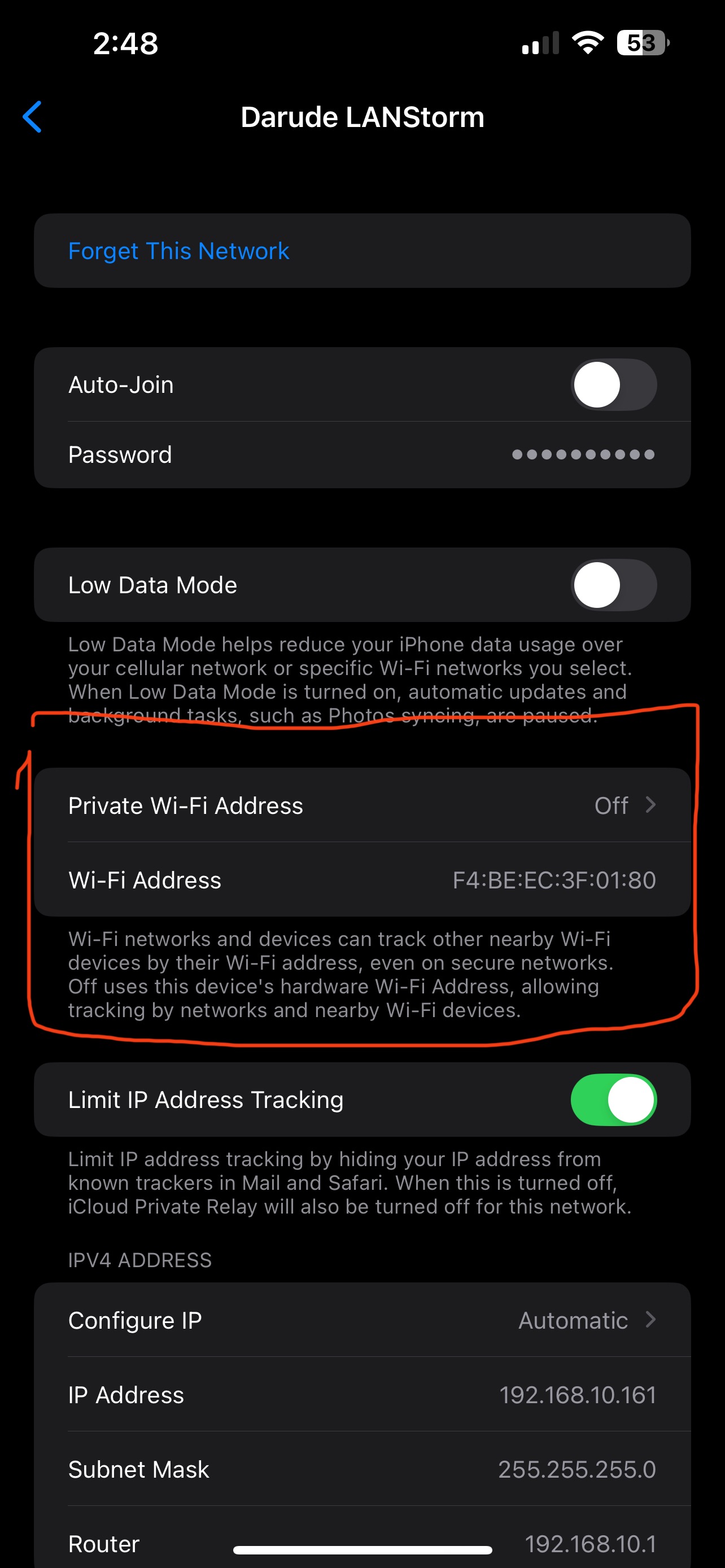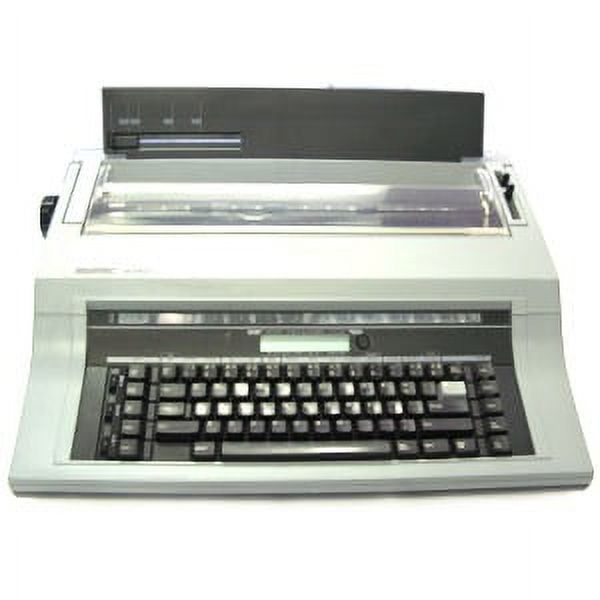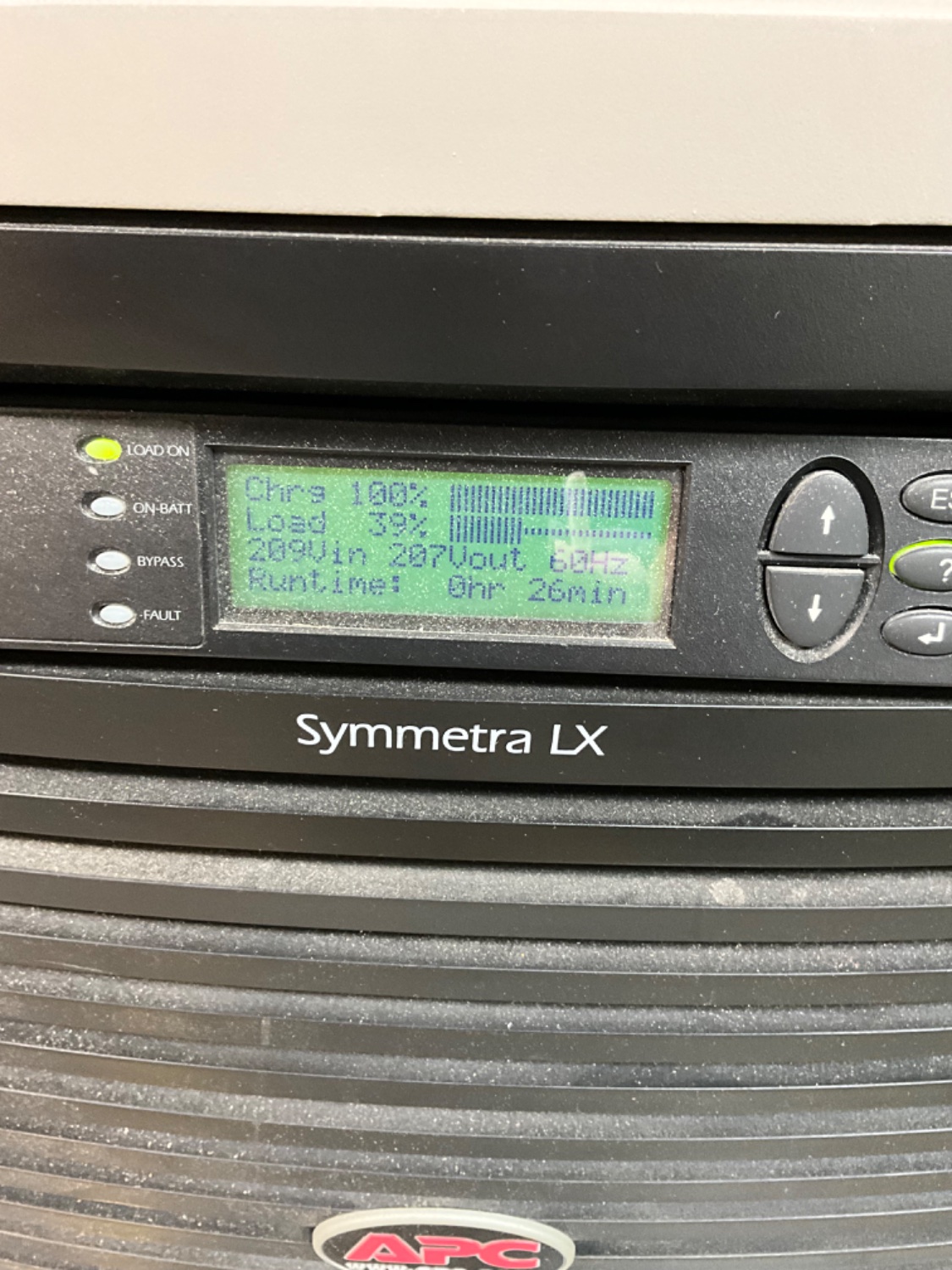

Requiring a support contract to receive continuing updates of software that was very publicly approaching end of support, with published EoL dates for years now does not break any laws.
By that logic, no support contracts are legal in the EU at all, and no product would ever be sunset.







Just giving them what they wanted.